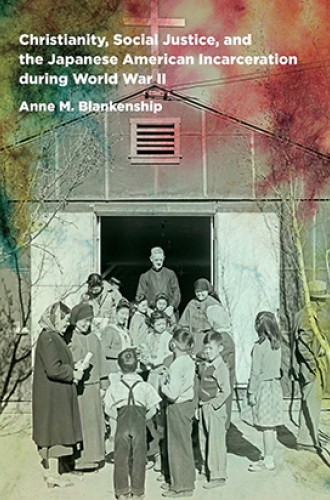|
When immigrants are demonized, how does the church respond? |
What Christians did—and didn’t do—about the Japanese internment.
During the presidential primary season of 2015–16, Donald Trump called for “a total and complete shutdown of Muslims entering the United States until our country’s representatives can figure out what the hell is going on.” Shortly after his inauguration, he issued an executive order calling for a temporary ban on immigration from seven majority-Muslim countries. Critiques of the executive order frequently pointed to disgraceful examples of similar incidents in American history, including the Chinese Exclusion Act of 1882 and, more recently, the infamous Executive Order 9066, by which about 120,000 Japanese Americans were compelled to enter internment camps during World War II.
The internment camp experience has been the subject of excellent studies by Roger Daniels and other scholars. But one aspect of this story has received little attention until now: the considerable effort on the part of some American churchpeople to minister to Japanese Americans in the camps, as well as the dilemmas inherent in that effort. Anne Blankenship’s work opens up that story with skill, deep research, and compelling storytelling and analysis. It’s certain to become the definitive work on the subject. And it compels thought on how to respond to the current hysteria around other immigrant groups perceived to be disloyal.
Blankenship’s work focuses on a minority of American Christians. As she makes clear, “most congregations did not offer aid,” and most churchpeople accepted Japanese incarceration. While Quakers brought to this issue their legacy of antiracism, the Federal Council of Churches prior to the war had primarily conceived of race in America as a black-and-white issue and not a “foundational problem within American society.” The wartime experience of responding to the internment—at first through direct ministry and later through protest—did much to broaden conceptions of race as indeed a foundational problem. It also shaped the civil rights movement to come.






